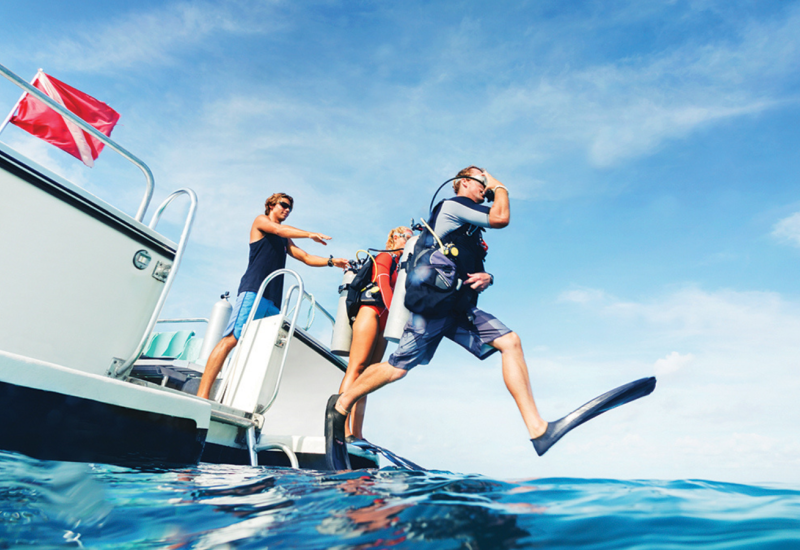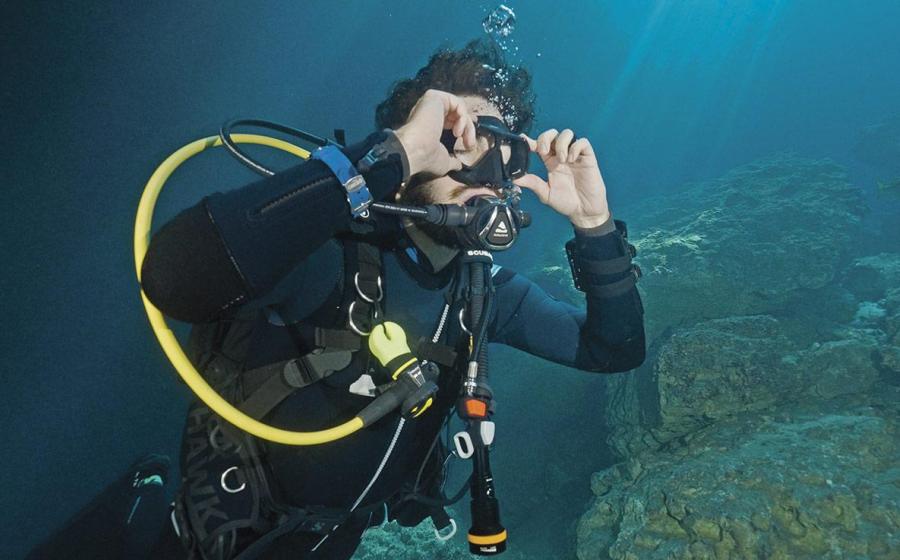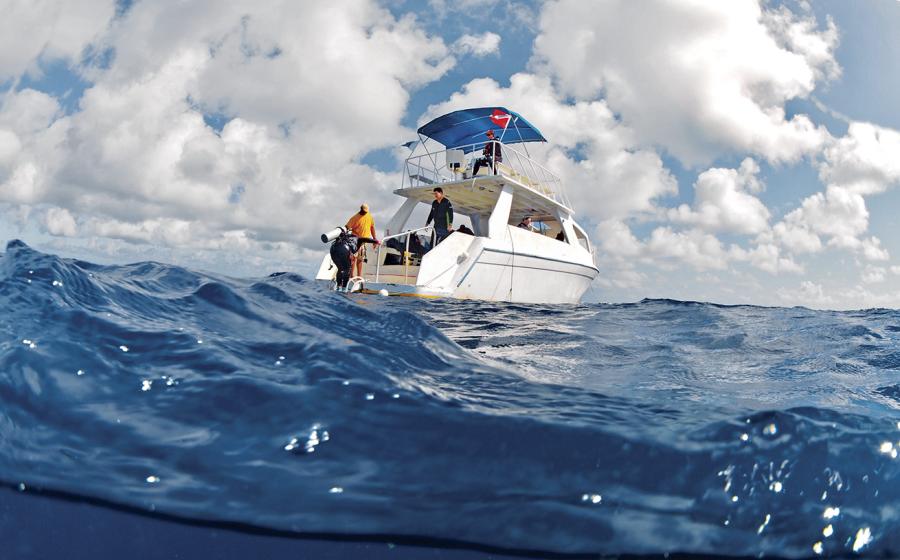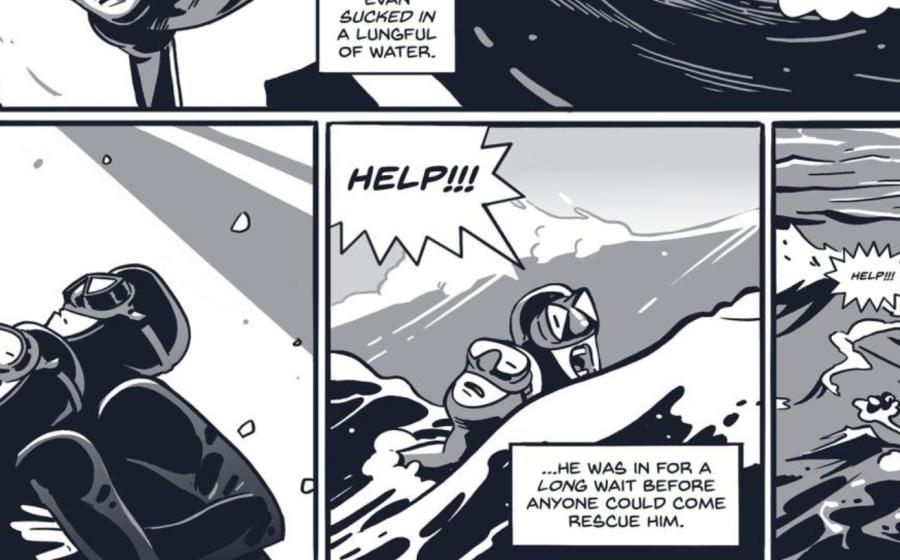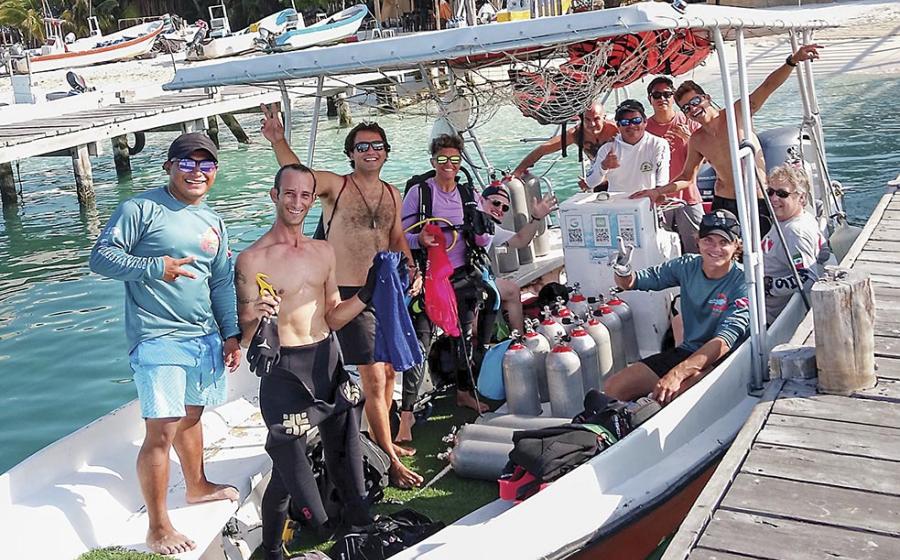Dive Computers: Picking The Right Algorithm

Dive Computers
An algorithm is the mathematical formula a dive computer uses that factors in real-time measurements of depth, gas mix, time at depth—and, depending on the algorithm, potentially lots of other data—to calculate how long you can stay under water with a reasonable degree of assurance that you won’t get hit with decompression sickness (DCS).
There are currently about a half-dozen different algorithms being used in dive computers, each using its own proprietary computations, and each with its own “liberal” or “conservative” leanings. Computers that use more conservative algorithms lessen the risk or likelihood of DCS by limiting dive time. Computers that use more liberal algorithms provide the opportunity for longer dive times, but, of course, more time spent at depth also increases the risk of DCS.
So which is best? It really comes down to the individual diver’s comfort level. However, divers who have preconditions that might make DCS more likely (age, poor circulation, poor physical conditioning) should always go the conservative route. Most new computers offer methods for programming personal safety adjustments that let you increase the conservatism of virtually any DC.
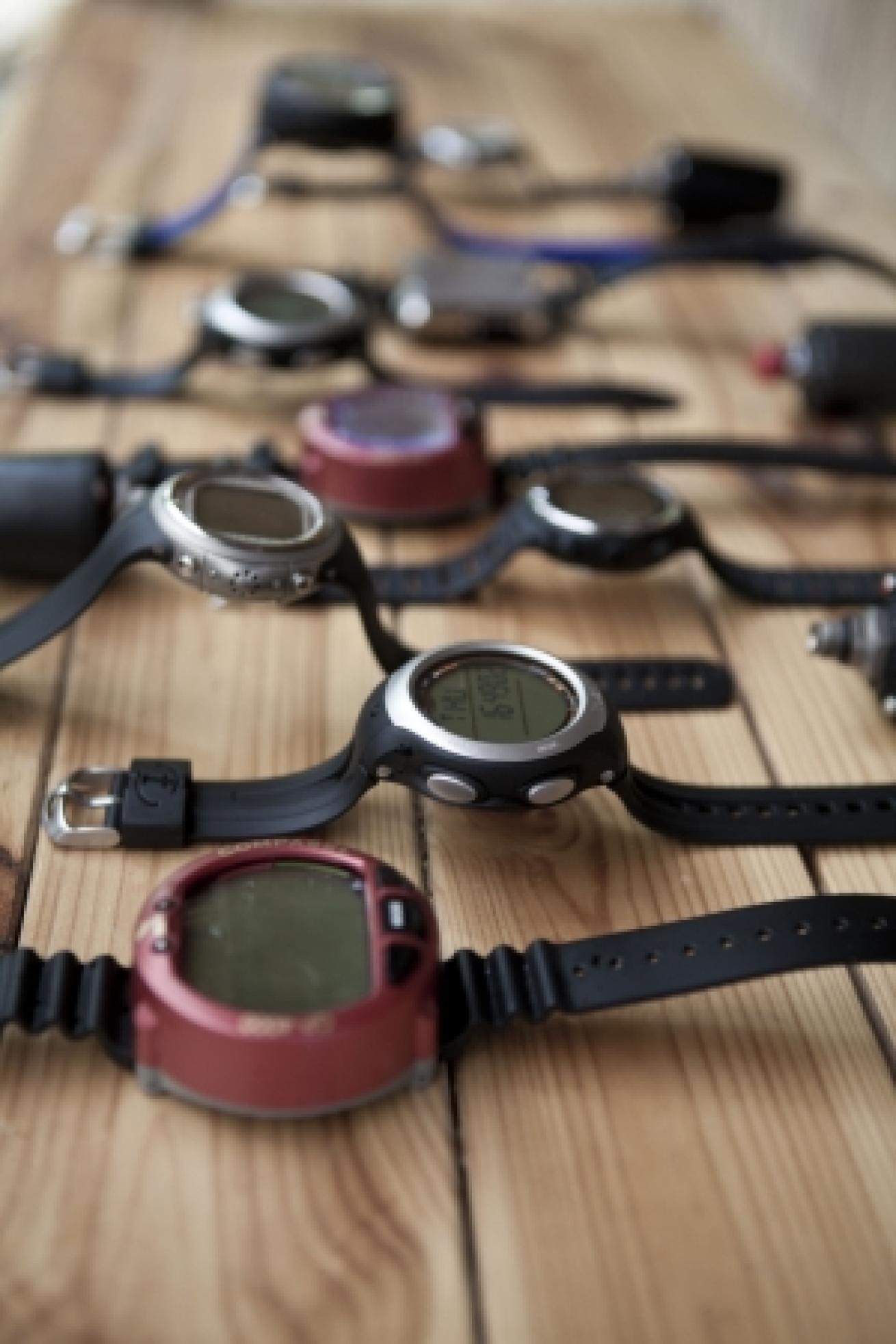
An algorithm is the mathematical formula a dive computer uses that factors in real-time measurements of depth, gas mix, time at depth—and, depending on the algorithm, potentially lots of other data—to calculate how long you can stay under water with a reasonable degree of assurance that you won’t get hit with decompression sickness (DCS).
There are currently about a half-dozen different algorithms being used in dive computers, each using its own proprietary computations, and each with its own “liberal” or “conservative” leanings. Computers that use more conservative algorithms lessen the risk or likelihood of DCS by limiting dive time. Computers that use more liberal algorithms provide the opportunity for longer dive times, but, of course, more time spent at depth also increases the risk of DCS.
So which is best? It really comes down to the individual diver’s comfort level. However, divers who have preconditions that might make DCS more likely (age, poor circulation, poor physical conditioning) should always go the conservative route. Most new computers offer methods for programming personal safety adjustments that let you increase the conservatism of virtually any DC.




